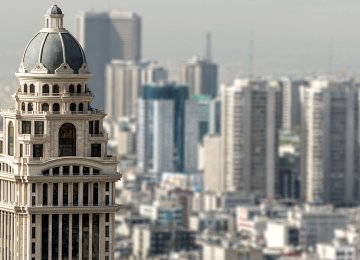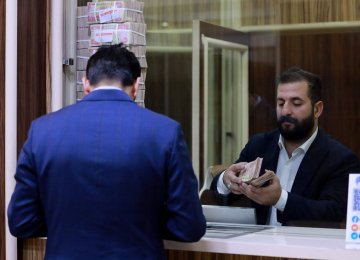An Iranian expert said the country's pharmaceutical sector is capable of outdoing oil exports and becoming the country's leading exporter.
Ali Allameh Raad said a 75 million-strong population in Iran, a 400-million potential population in neighboring countries, an almost seven-decade history of modern production of medicines, and a significant number of pharmacists are all the factors which could help the country revolutionize the pharmaceutical sector.
Highlighting the recent achievements in the industry in developing modern medicines, Allameh Raad reiterated that Iran is capable of developing new drugs with costs much lower than the global average.
He also pointed to Iran's history of traditional medicine and cultivation of herbs, calling it great potential which could help the industry and develop modern drugs based on traditional medicine.
The economy expert further noted that the recent agreement reached in Geneva between Iran and the world powers on Iran's nuclear energy program , which eased the sanctions, has enabled Iranian pharmaceutical companies to once more open letters of credit to buy raw material from foreign suppliers. He added that the Iraqi pharmaceutical industry has suffered great losses as a result of the recent security crisis in Iraq, describing it a good export opportunity for Iranian companies.
"The pharmaceutical industry had a remarkable stock market efficiency of 247% versus the 104% surge of the main index at TSE in the Iranian year 1392 (which started on 21 March 2013)", added Allameh Raad.
There are currently 96 active local manufacturers in Iran which annually produce some 30 billion units of medicine worth about $2 billion. In terms of quantity, the local production covers some 92% of local needs, however, the missing 8% are high quality drugs that are needed for specific treatments. In fact, the total size of the market is about $3.5 billion which means that some $1.5 billion (or 43% of the market volume) is supplied through imports. Per capita expenditure in Iran on medicine stood at $46 in 2011.
Most of the pharmaceutical companies in Iran are state-owned or quasi-governmental, though some of them are listed on the Tehran Stock Exchange. The share of the private sector is only about 30%.







